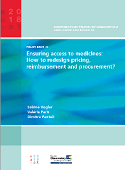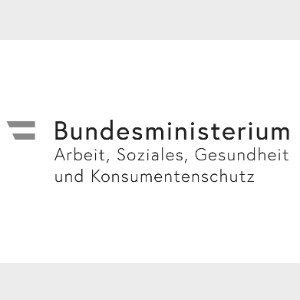Ensuring access to medicines: How to redesign pricing, reimbursement and procurement?

Download
This policy brief is one of a series on addressing market and policy failures in the pharmaceutical sector that was prepared for the Austrian EU Presidency.
It explores the most frequently applied policies for new high-priced medicines as well as some alternative approaches. In each case, the strengths and limitations are assessed and options for improvement are studied.
The brief shows that the lack of transparency on ‘real’ prices and development costs for medicines is a key limitation to many policies and argues that improving transparency and cooperation, both within countries and among EU Member States, is the way forward.
The brief’s key messages are:
- Policy-makers and purchasers increasingly face very high price tags for new medicines, and some worry that these prices challenge the financial sustainability of solidarity-based, publicly funded health care systems.
- EU Member States use a mix of policy instruments to regulate the prices and determine the reimbursement of medicines. Different policies are applied for different sectors, market segments and medicines. Some pricing, procurement and reimbursement policies are more frequently used for new, potentially high-priced medicines.
- Popular policies and tools include external price referencing, managed entry agreements, health technology assessment (HTA) and tendering, but each one of these comes with limitations.
- Adaptations of these policies, such as value-based pricing, strategic procurement and differential pricing traits, are also being explored and could be a first step in this direction.
- Further, more far-reaching measures and initiatives may also be needed to fundamentally tackle the issue of high medicine prices and to overcome information asymmetry and a lack of transparency about the real prices paid and the real development costs of medicines.
- Collaborative efforts, at both intra-country and cross-country levels, in terms of joint price negotiations and procurement and enhanced collaboration for horizon scanning and HTA appear to be promising but require strong commitment from national policy-makers.
- Pricing, reimbursement and procurement policies are important elements in the ‘tool-box’ to improve affordable access to new high-priced medicines but further interventions in other pharmaceutical policy areas may be required to supplement them.





















